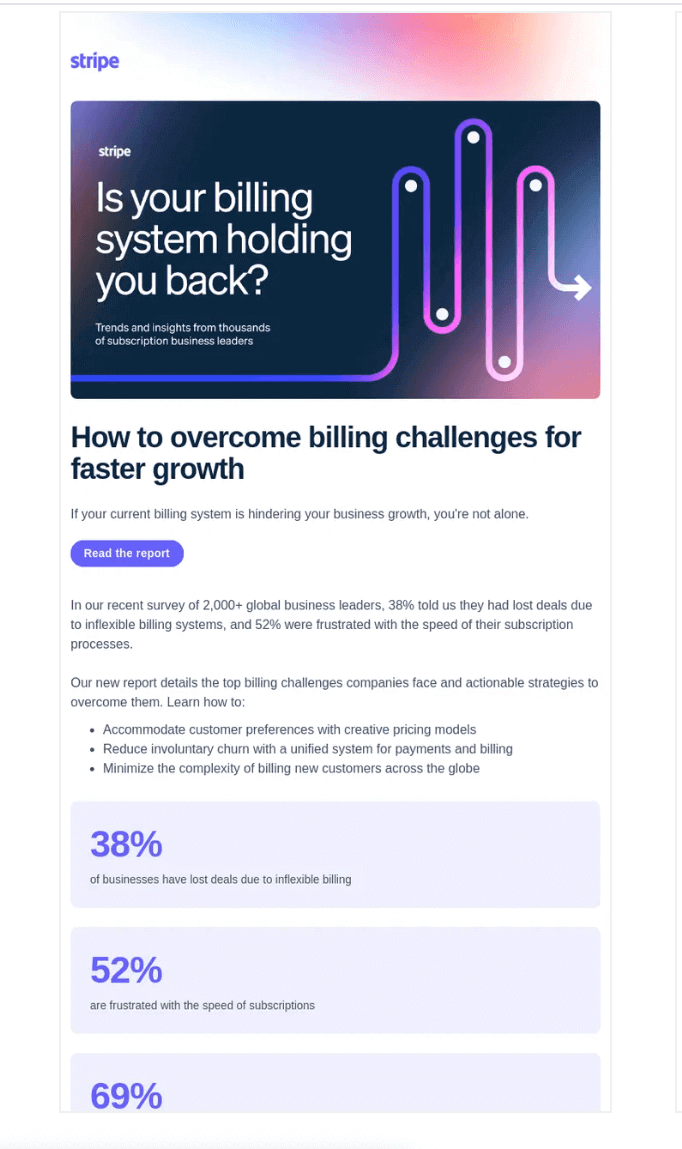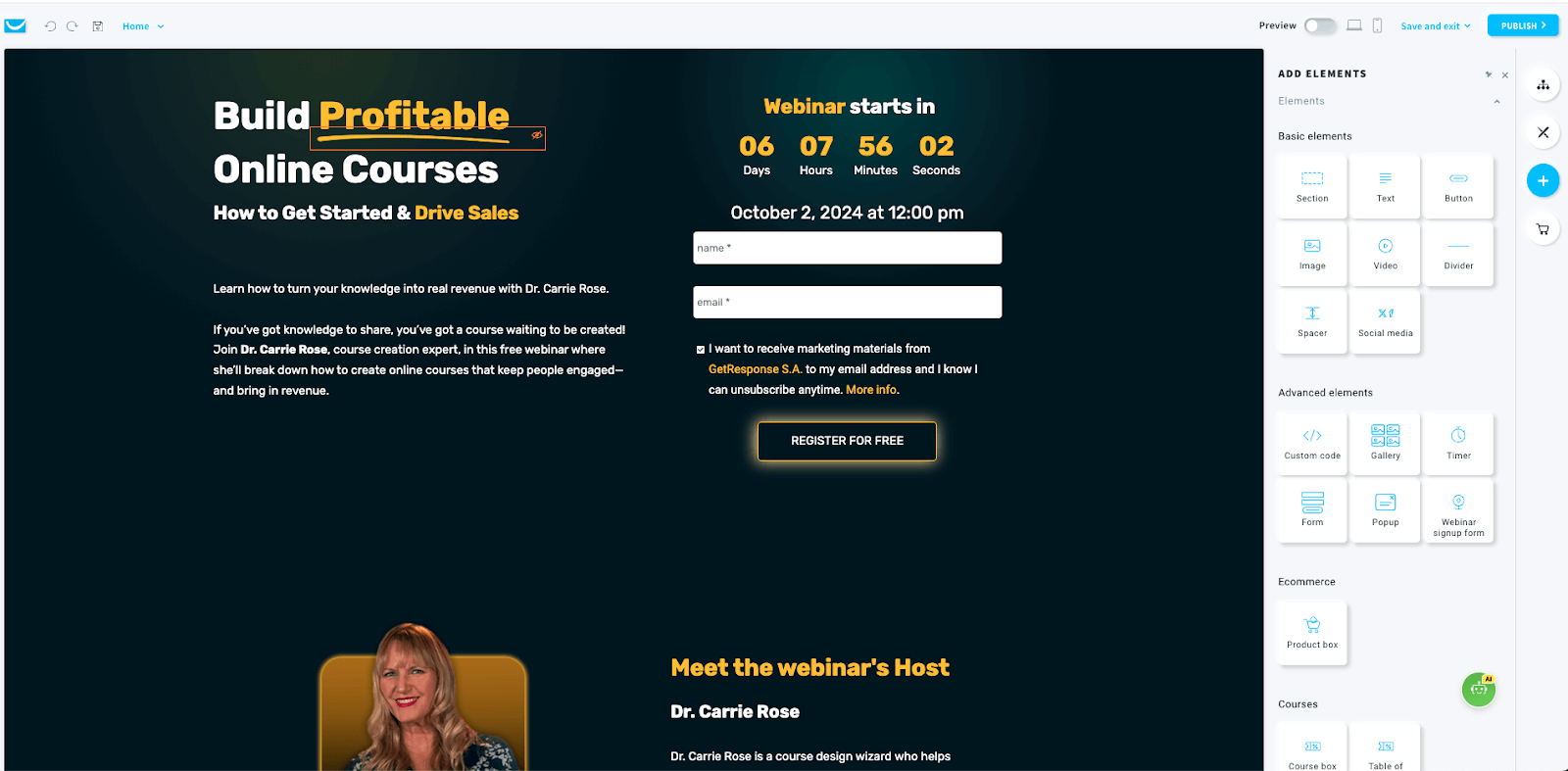How to Build a B2B Sales Funnel That Converts (6 Steps)
Learn how to build an effective B2B sales funnel in 6 steps. Discover key strategies to guide prospects from awareness to purchase and boost conversions.


Learn how to build an effective B2B sales funnel in 6 steps. Discover key strategies to guide prospects from awareness to purchase and boost conversions.
Short answer
A B2B sales funnel is a step-by-step process that guides your prospects from discovering your brand to becoming loyal, paying customers.
Each stage is carefully crafted to nurture leads and move them closer to conversion.
This guide will show you how to build a converting B2B sales funnel in 6 actionable steps.
Awareness
A potential customer enters the awareness stage without even knowing they have a problem, let alone, your company.
Assume a business owner frustrated with low engagement in their marketing campaigns. They come across your ad about improving email open rates. This sparks curiosity, and now they’re thinking, “Maybe I need this tool.”
This stage is all about attracting attention and piquing interest. Your goal is to show how your product can solve a problem they’ve just realized they have.
Interest
The sales prospect is now aware of their problem and actively searching for solutions. This is your chance to educate them.
Evaluation
Your prospective customer is now evaluating various solutions, including yours. They’re comparing your offerings with alternatives and deciding which one best meets their needs. This is your time to shine with your unique value proposition.
Use sales methodologies like solution selling to position your product in a way that addresses the customer's pain points.
Engagement
At this stage, you’re now engaging directly with the prospect - via email, meetings, or demos. This is where relationship-building happens. Be ready to answer any questions or objections they have.
Also, this is where you tap into the emotional drivers behind a purchasing decision.
Purchase
This is the final stage. The prospect is ready to buy, and your job is to make the process smooth.
Ensure pricing, terms, and contracts are clear. Your sales team should be available to avoid any last-minute hiccups.
Make the buying process easy. Streamline the checkout process, offer discounts or incentives, and keep communication open.
Don’t forget to reinforce their choice through confirmation emails and post-purchase engagement.
Note that your work doesn’t stop after making sales. About 80% of sales require five follow-ups.
Create post-purchase experiences like loyalty programs or personalized support for long-term relationships.
Encourage satisfied customers to share their positive experiences through reviews or referrals.
Stop losing opportunities to ineffective presentations. Your new amazing deck is one click away!









